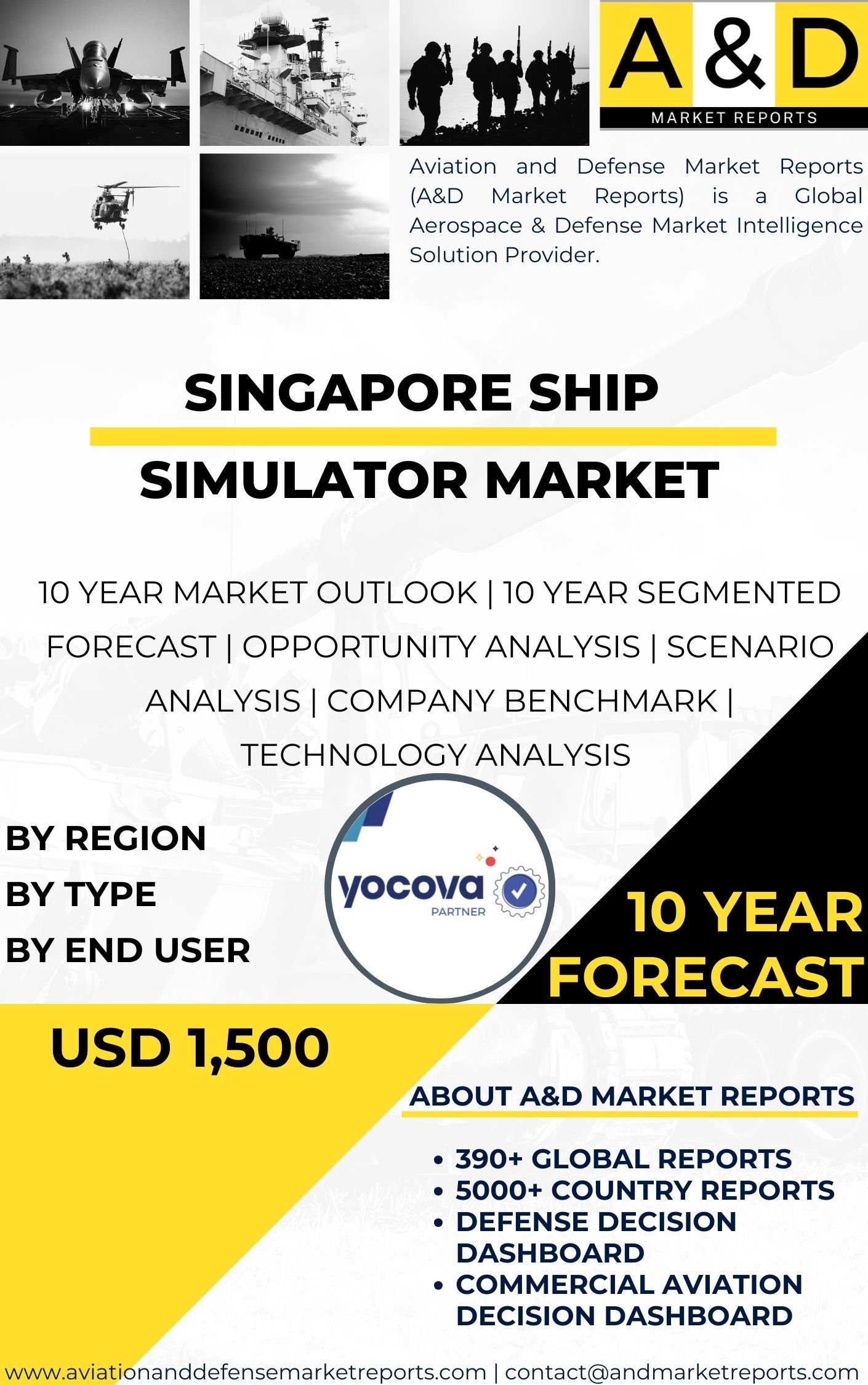Description
Singapore Ship Simulator Market is a vital part of the nation’s maritime training and safety infrastructure. As a leading global maritime hub with one of the busiest ports in the world, Singapore places strong emphasis on maritime safety, professional competency, and operational efficiency. Ship simulators play a pivotal role in training seafarers, enhancing navigational skills, and improving emergency response capabilities—contributing to a safer and more resilient maritime sector.
Overview of Ship Simulators
Ship simulators are advanced virtual training tools that replicate real-world maritime scenarios. They provide seafarers with realistic environments to practice ship handling, navigation, and decision-making. These simulators can recreate diverse conditions such as adverse weather, harbor maneuvers, and emergency situations, enabling trainees to gain valuable experience without operational risks.
Domestic and International Collaboration
Singapore’s ship simulator market is defined by strong collaboration between domestic institutions and international partners. Prominent training centers like the Singapore Maritime Academy (SMA) and the Maritime and Port Authority of Singapore (MPA) Academy integrate ship simulators into comprehensive training programs. The nation also partners with global simulator manufacturers and research institutions to access the latest technologies and best practices in maritime training.
Commitment to Maritime Safety and Competency
One of the primary drivers of market growth is Singapore’s dedication to maritime safety and seafarer competency. The country recognizes that skilled personnel are essential for safe navigation, accident prevention, and environmental protection. Ship simulators provide a secure and controlled environment where seafarers can refine their abilities, improve decision-making, and build confidence in handling real-life maritime operations.
Strategic Location and Navigational Readiness
Given Singapore’s strategic location and dense maritime traffic, maintaining high levels of navigational competency is crucial. The port’s busy and confined waterways demand exceptional ship handling and situational awareness. Ship simulators allow mariners to practice essential maneuvers—such as berthing, unberthing, and collision avoidance—under realistic but controlled conditions, enhancing operational readiness.
Wide Range of Training Applications
The market supports diverse maritime training applications, from operating large container ships and oil tankers to smaller passenger vessels. Simulators are also used for specialized roles, such as pilot training and harbor navigation. This flexibility allows Singapore to address a broad spectrum of maritime training requirements across different vessel types and operational scenarios.
Technological Advancements and Innovation
Singapore’s strong focus on innovation has led to the adoption of high-fidelity ship simulators equipped with advanced visual and environmental modeling. These cutting-edge systems offer immersive and data-driven training experiences that align with real-world conditions. Continuous investment in simulation technology ensures that Singapore remains a global leader in maritime training excellence.
Emergency Response and Crisis Preparedness
Beyond navigational training, simulators play an essential role in preparing seafarers for emergencies. Trainees can practice responding to simulated crises such as engine failures, collisions, fires, or search-and-rescue operations. This hands-on approach enhances crisis management capabilities and ensures that crews can respond swiftly and effectively during real emergencies.
Economic and Workforce Impact
The ship simulator market also contributes to national economic growth and workforce development. It generates employment opportunities for simulator instructors, system developers, maintenance engineers, and research experts. This, in turn, strengthens Singapore’s position as a global center for maritime innovation and education.
Global Collaboration and Training Hub
Singapore actively engages in regional and international initiatives to promote maritime safety and competency. Through partnerships, joint training programs, and knowledge-sharing platforms, the nation contributes to the global standardization of maritime education. Moreover, Singapore’s advanced simulator facilities attract international students, positioning the country as a preferred training destination for global seafarers.
Conclusion
In conclusion, the ship simulator market in Singapore plays an indispensable role in supporting the nation’s maritime safety and training ecosystem. Its integration into maritime education reflects Singapore’s unwavering commitment to operational excellence, innovation, and global leadership.
Through continuous investments in technology, international collaboration, and workforce development, Singapore’s ship simulator industry ensures safer navigation, enhanced emergency response capabilities, and a highly competent maritime workforce. As the sector evolves, Singapore will remain a benchmark for maritime safety, training quality, and technological advancement worldwide.




